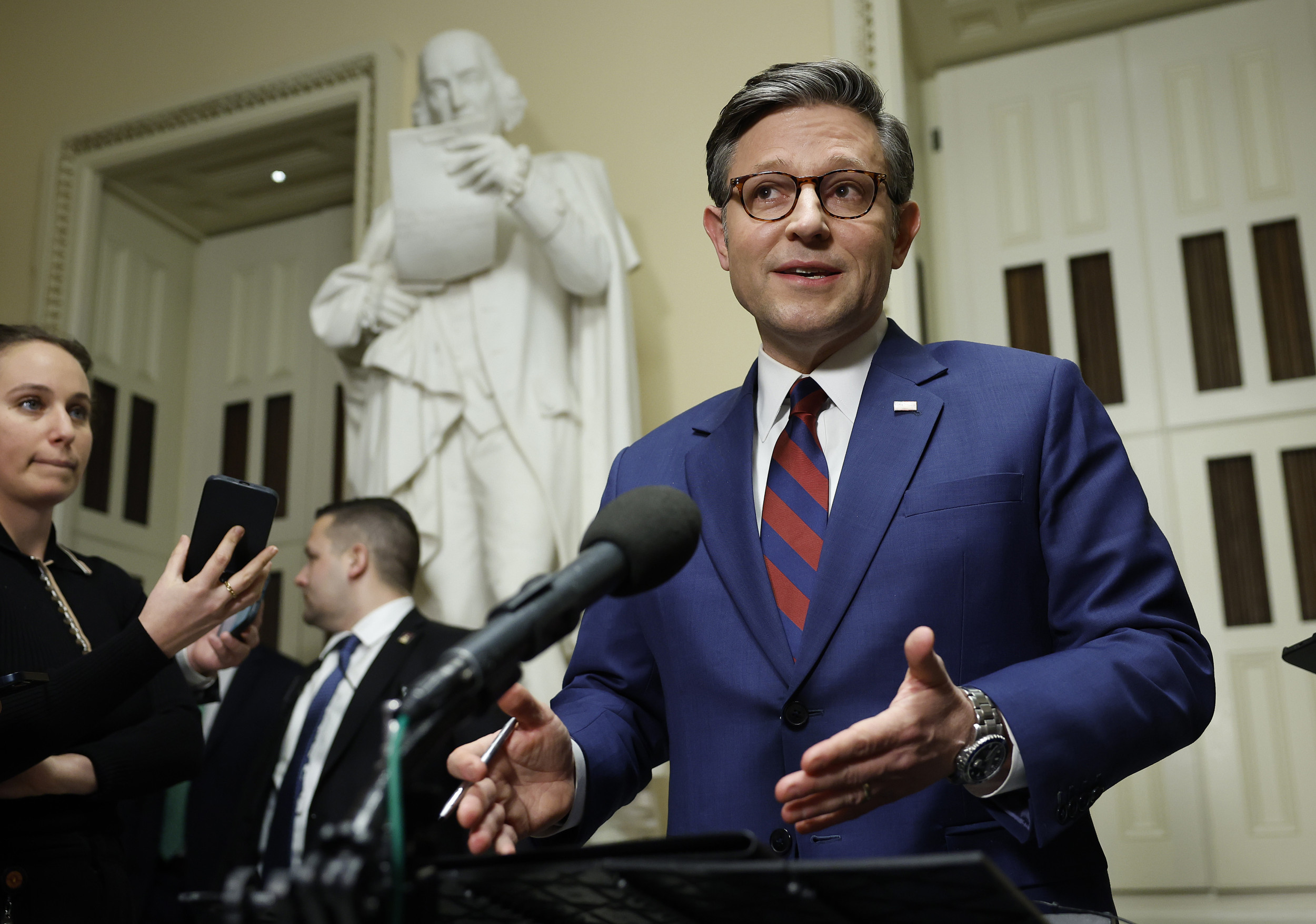Chances that a system in the southwestern Atlantic will strengthen into Tropical Storm Sara have slowly been rising this week, but it could be disrupted by Hurricane Rafael to the west.
Rafael became a hurricane on Tuesday night, and National Hurricane Center meteorologists anticipate that the storm will continue to strengthen into major hurricane status before it makes landfall in Cuba later on Wednesday.
As of the most recent NHC update on Wednesday afternoon, Rafael had maximum sustained winds of 115 mph, making it a Category 2 hurricane. It will weaken as it moves over Cuba but emerge in the Gulf and maintain hurricane status.
Meanwhile, the system in the southwest Atlantic now has a 30 percent chance of forming within the next seven days and a 20 percent chance of forming in the next 48 hours. Should it form, it will become Sara, the eighteenth named storm of the 2024 Atlantic hurricane season.

However, AccuWeather meteorologists said the storm has a low risk of developing, partially because of Rafael's proximity.
"The current track of Rafael affects the chances to develop over the next few days from being close by," AccuWeather senior meteorologist Alan Reppert told Newsweek.
Reppert added that Rafael could "disrupt" the system and prevent it from developing.
"It looks like the odds of this developing are not in its favor because of the overall environment and also Rafael being there. For this to develop, it will have to have some good fortune," he said.
Should Sara develop, it will impact the northern Caribbean and the southern Bahamas. The NHC has not published a forecast track since the storm has yet to be named, but Reppert said it's possible the storm could target Florida.
"A trough of low pressure is producing an area of disorganized showers and thunderstorms a few hundred miles east-northeast of the Leeward Islands. This system is expected to move generally westward during the next few days, and an area of low pressure could form near the northern Leeward Islands tonight or Thursday," the NHC said in its most recent update.
"Afterward, some gradual development of this system is possible toward the end of the week and into the weekend while it moves near or to the north of the Virgin Islands and Puerto Rico, and approaches the Southeast Bahamas."
Regardless of development, the system will bring rain to the northern parts of the central Caribbean and the southern Bahamas.
Although Rafael's strengthening could help protect Florida from another storm, Rafael is also bringing some indirect threats to the Florida Keys, including coastal flooding and possible tornadoes as the storm passes nearby.




















 English (US) ·
English (US) ·